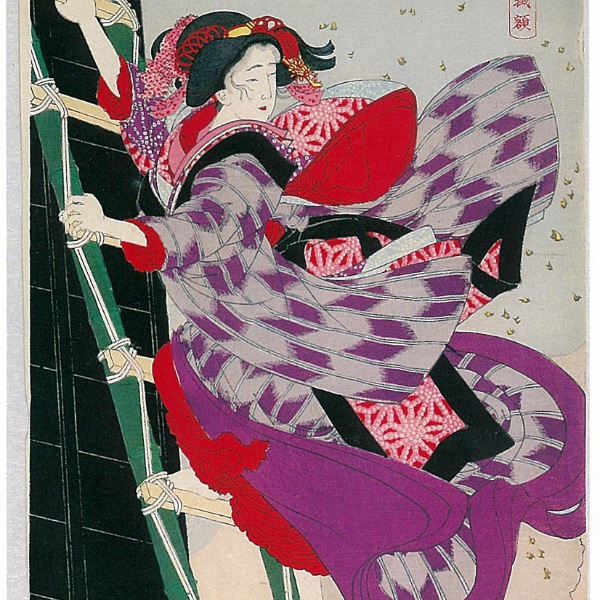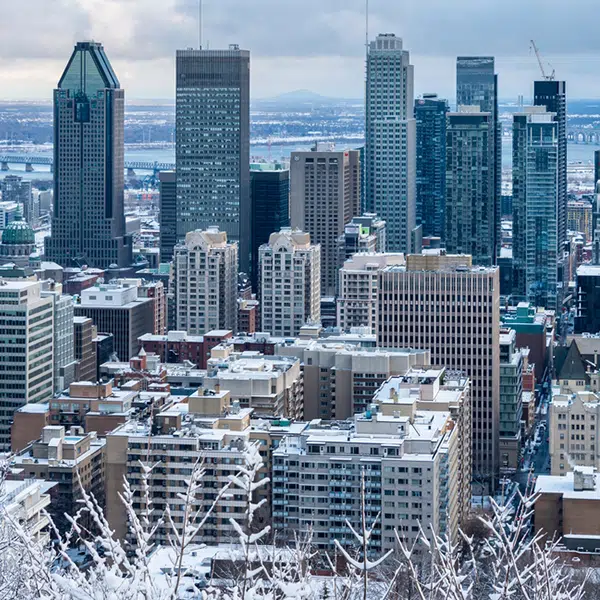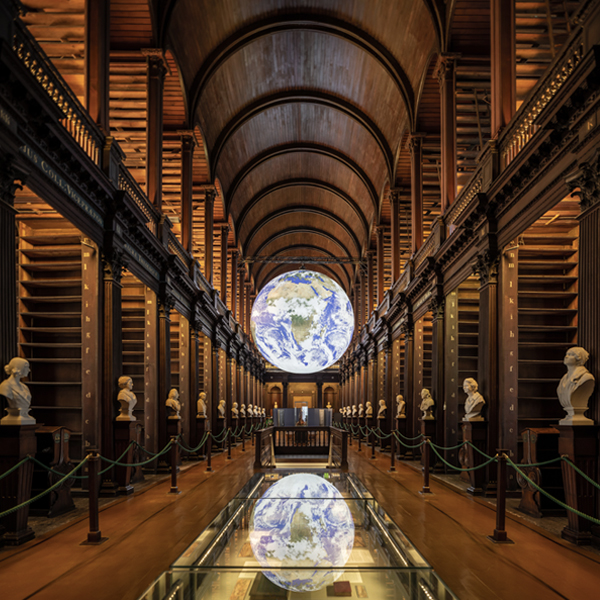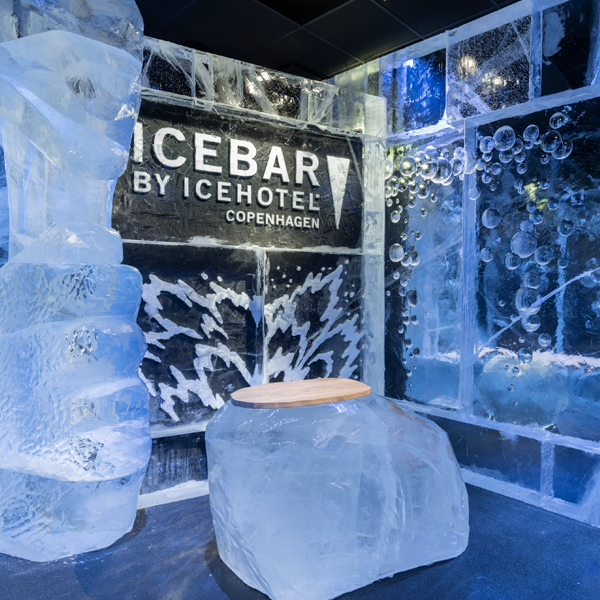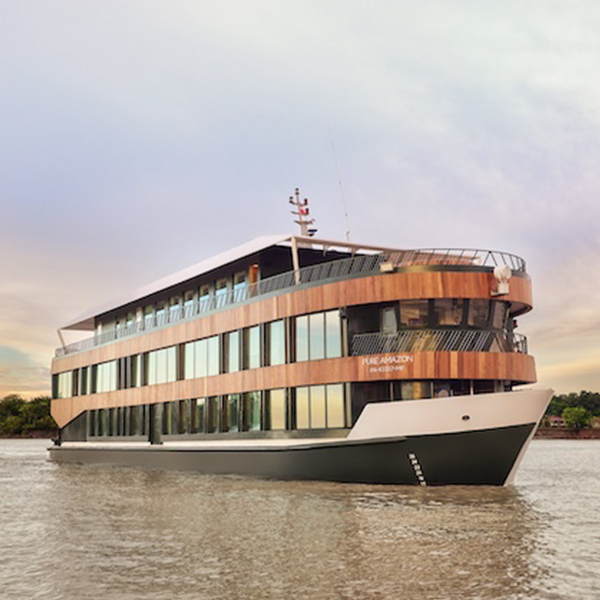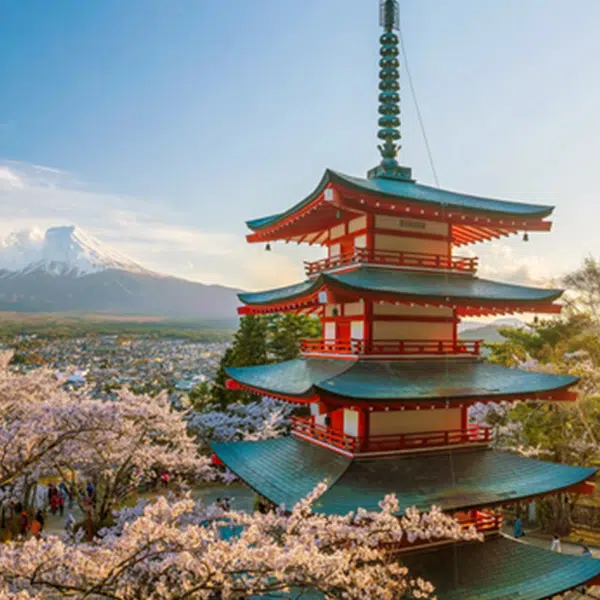
Photo: Stock Photos from Matyas Rehak/Shutterstock
Deep in the heart of Turkmenistan's Karakum Desert, a fiery crater glows day and night. Known colloquially as the Door to Hell or Gates of Hell, this fire pit has been burning continuously for over 50 years. So what is this crater filled with fire and how did it end up in the desert? For those answers, we need to look back to Turkmenistan's history.
In 1971, back when the country was part of the Soviet Union, Soviet engineers came to the desert in search of oil fields. A drilling rig was set up to check oil quality in the area, but they quickly realized that they weren't drilling into oil at all. Instead, their heavy rig was situated on top of a large pocket of natural gas that couldn't support that immense weight and soon collapsed.
The entire camp crumbled into a giant bowl-shaped cavity called the Darvaza crater. Measuring 230 feet across and 65 feet deep, it is enormous and soon scientists had a real problem on their hands. Not only did the collapse have a ripple effect that caused other multiple craters to open up, but natural gas was rapidly escaping. As natural gas is mainly made from methane, which sucks up oxygen and makes it hard to breathe, there was a real concern not only for wildlife but also for people living in the nearby village of Derweze. In fact, these fears were warranted because not long after the collapse, animals in the desert began to die.

Photo: Stock Photos from Matyas Rehak/Shutterstock
That's when scientists sprung into action and decided to burn off the gas, as natural gas can't be trapped. They expected the process to take a few weeks, but they were wrong—the flames have been burning ever since. In fact, scientists still don't understand how much natural gas is fueling the fire. Now, the Darvaza crater attracts hundreds of tourists a year who come to take in the strange and sinister-looking phenomenon.
In 2010, Turkmenistan's president, Gurbanguly Berdimuhamedow, visited the crater and said that it should be closed up. And in 2013 he declared the part of the desert containing the crater a natural reserve. However, as of today, the Gates of Hell still burn brightly and at night its wicked orange glow can be seen for miles.
In the 1970s, a giant crater opened up in the Turkmenistan desert after an oil rig collapsed.

Photo: Stock Photos from Darkydoors/Shutterstock
The rig sat on a pocket of natural gas, which began escaping and endangered local wildlife.
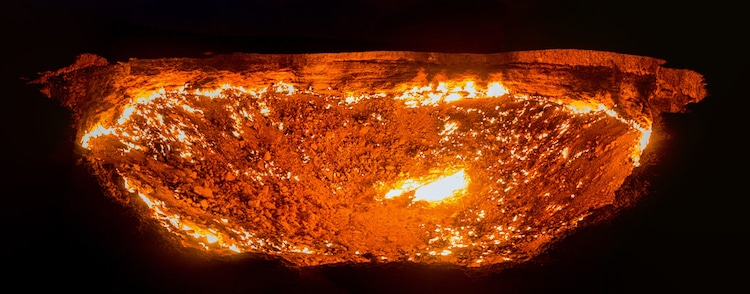
Photo: Stock Photos from Matyas Rehak/Shutterstock
So authorities decided to burn off the gas, thinking it would last a few weeks.
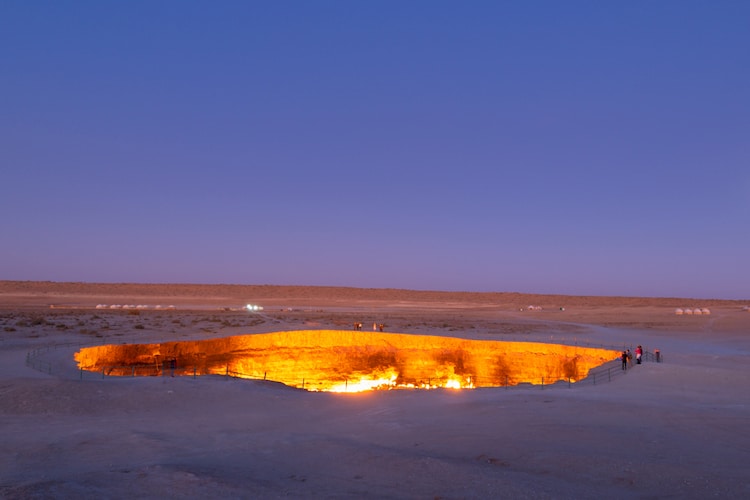
Photo: Stock Photos from Thiago B Trevisan/Shutterstock
Instead, the “Gates of Hell” has been burning for over 50 years and now hundreds flock annually to see the unusual site.
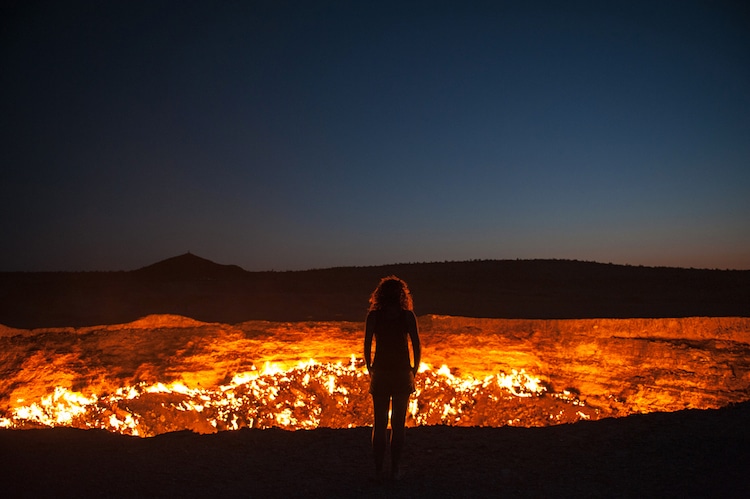
Photo: Stock Photos from Lockenes/Shutterstock
Related Articles:
Massive Ancient Underground City Once Housed 20,000 People
Haunting Beauty of a Mysterious Frozen Crater in Northern Siberia
Oddly Shaped Lava Formations Look Like a Mass of Twisted Bodies
Dramatic Photo Captures Rare Sight of 65-Foot-Tall Lava Dome in Hawaii











































































